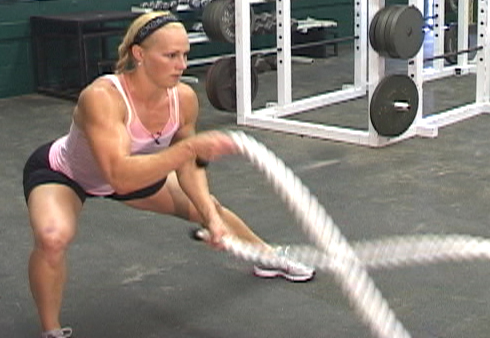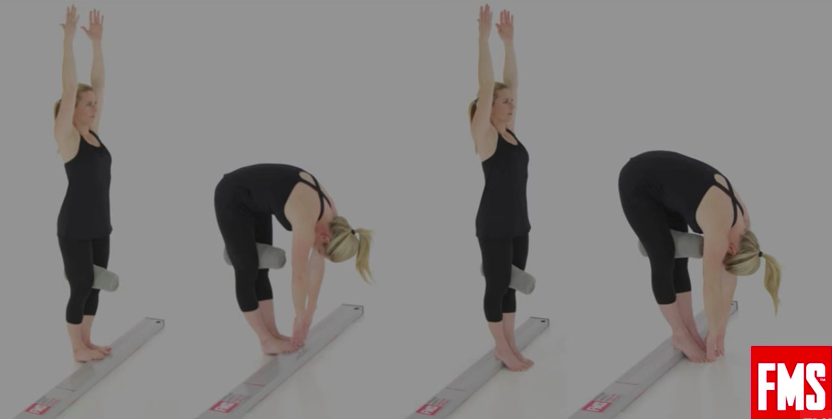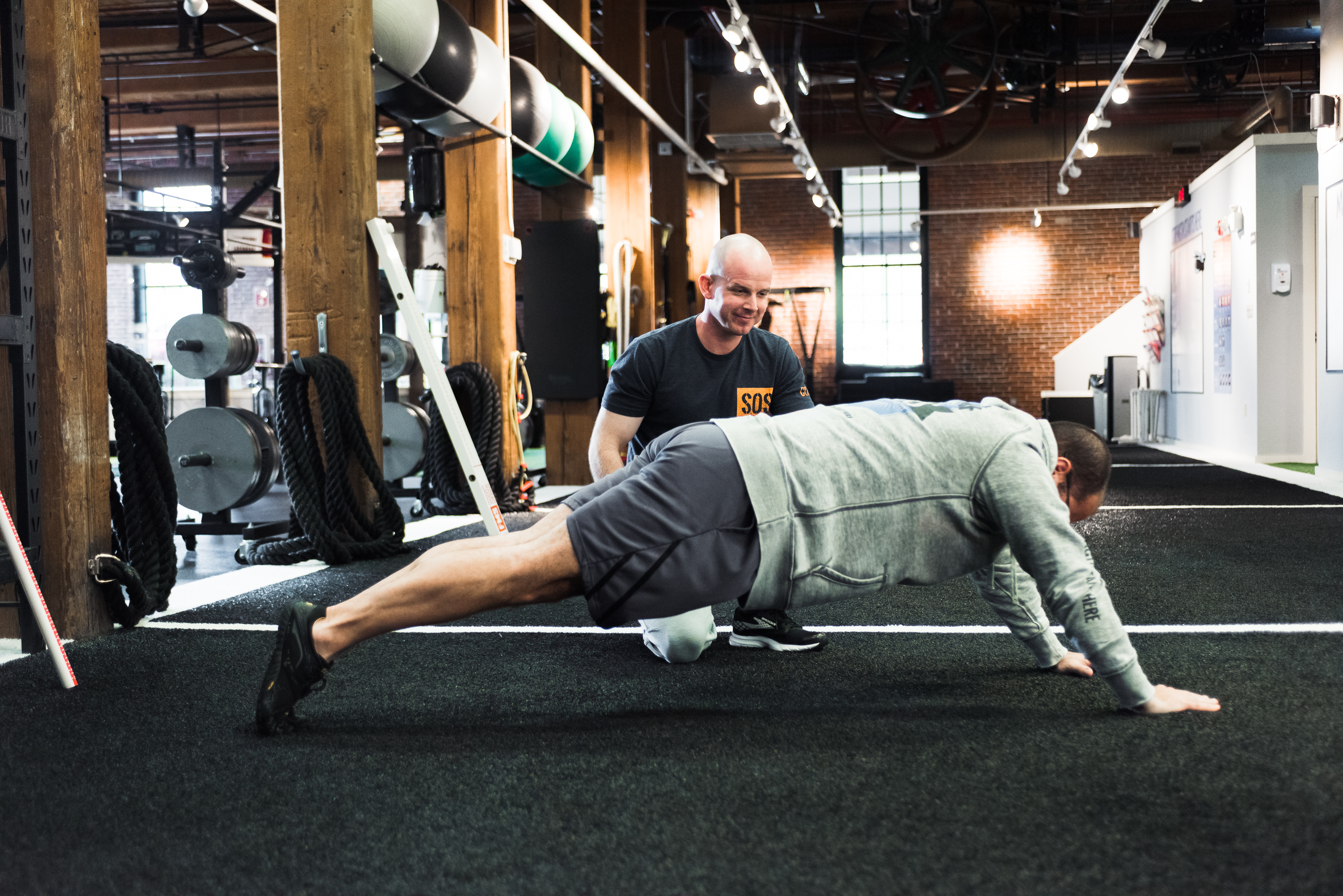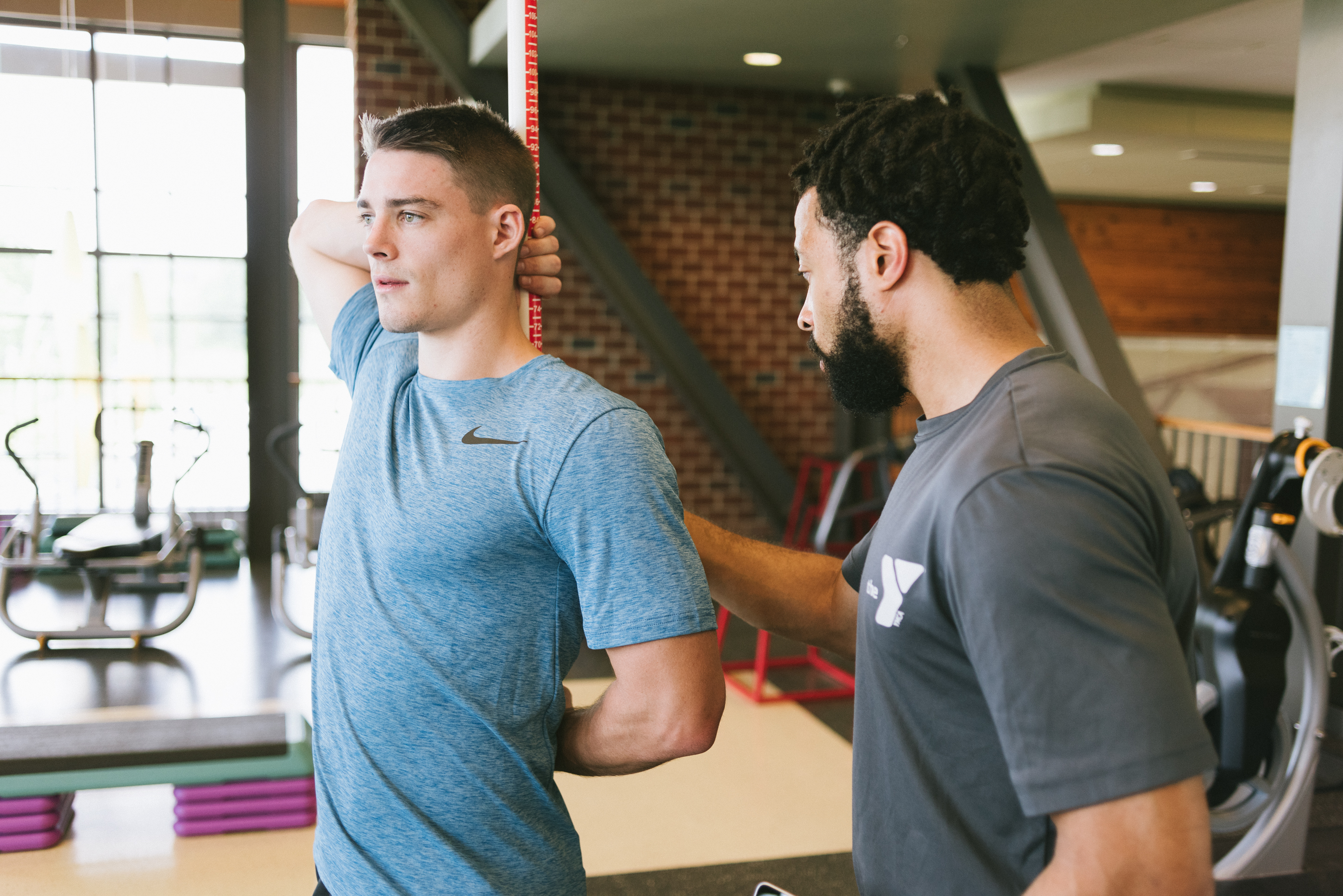Slide Box Tutorial
Written by Lee Burton FMS
Motor Control Screen
Functional Movement Systems has developed the bridge between screening fundamental movement patterns (Functional Movement Screen--FMS) and screening for performance. The Motor Control Screen (MCS) determines whether a person has the minimum level of motor control with body weight to allow maximal adaptability for human performance.
The MCS is based on the research behind the Y Balance Test, which requires the components of motor control. The Y Balance Test allows us to quarter the body and look at how the core and each extremity function under body weight loads. The Y Balance Test protocol was developed through years of research in injury prevention and identification of motor control changes that occur after injury. The Y Balance Test device and protocol are highly accurate and can be used for measuring pre and post rehabilitation performance, improvement after performance enhancement programs, dynamic balance for fitness programs, and return to sport readiness. The Y Balance Test is divided into two components - the Lower Quarter and Upper Quarter.
The MCS is an excellent way to quickly check and set a baseline for motor control in the upper and lower body. The lower body MCS also includes an ankle clearing test which is performed to check for mobility and pain. Criteria for performing the MCS is as follows.
Motor Control Screen Lower Body
Ankle clearing test:
- Have the person hold a dowel for balance, lining up the front edge of their back foot ankle with the start line of the Functional Movement Screen Kit with the inside of their foot touching the kit.
- Next, line up their front foot and stand in the heel to toe position. The back ankle is the one being measured.
- Have the person bend their knee bringing the knee in front of their toes as far as possible and keeping their heel down.
- From a vertical line from the forward most part of the bent knee to the floor, determine if the knee crosses the front edge of the ankle.
- Ask the person where they felt the stretch (front of the ankle or back of lower leg).
- Ask if they had pain.
- If they felt the stretch in the front of the ankle, assume that is painful.
- Repeat the test up to 3 times.
- Repeat on the opposite side.
Forward reach aspect:
- Have the person stand with one foot on the FMS kit, with the most distal aspect of the shoe just behind the red starting line.
- Align the inside of the foot on the edge of the FMS test kit.
- While maintaining a single-leg stance, perform a reach in the forward direction by pushing the slide box with the toes of the free limb.
- Without touching the free limb to the floor, the person must then return to the starting position.
- The person will complete at least 3 repetitions until one good repetition is performed.
- The maximal reach distance is measured by reading the measure at the edge of the slide box, at the point where the most distal part of the foot is reached in half-inches or centimeters (e.g. 68.5, 69.0, 69.5 cm) depending on your device (Functional Movement Screen Kit or Y Balance Test Kit). Three trials for each foot will be collected and the maximal reach in each direction will be included for analysis.
Motor Control Screen Upper Body
There are two clearing tests that should be performed prior to attempting the upper body reach component of the test: wrist extension and the shoulder horizontal adduction clearing.
A. Wrist extension clearing:
- Have the person place the palms of their hands together and lift the elbows so the forearms are parallel to the floor.
- Stop the movement before the palms separate.
- Place a dowel parallel to the floor touching the elbows.
- To pass the clearing exam, there should be no pain and no greater than one hand width distance between the dowel and the base of the hands.
B. Shoulder horizontal adduction clearing:
- Have the person bring arm into 90 degrees of elevation and use other hand to pull arm across chest into horizontal adduction.
- The test is considered positive if the person reports pain.
The upper body reach component:
- Have the participant place the right thumb MCP centered over the line with the fingers parallel to the red line on the slide box.
- Next, get into a pushup position with feet shoulder-width apart and hands directly under the shoulders. The midline of the body should be in line with the line on the top of the reach indicator.
- From the top of the push up position, the participant will push the slide box with the left hand in the red target area up and to the right to push the box as far as possible in the upward crossover reach.
- Read the reach distance while the person rests.
- The person will return to the starting position to perform the next trial.
- The maximal reach distance is measured by reading the measure at the edge of the slide box, at the point where the most distal part of the fingers is reached in half-inches or centimeters (e.g. 68.5, 69.0, 69.5 cm) depending on your device (Functional Movement Screen Kit or Y Balance Test Kit).
- Three trials for each side will be collected and the maximal reach in each direction will be included for analysis.
**Remember, the test is completed with shoes on.**
In order to obtain the most accurate information, a slide box should be utilized for both the upper and lower body MCS. The slide box ensures that the test is performed correctly and allows the tester to easily capture data. The slide box is placed directly on the FMS test kit where it easily slides up and down the board for quick and reliable testing.
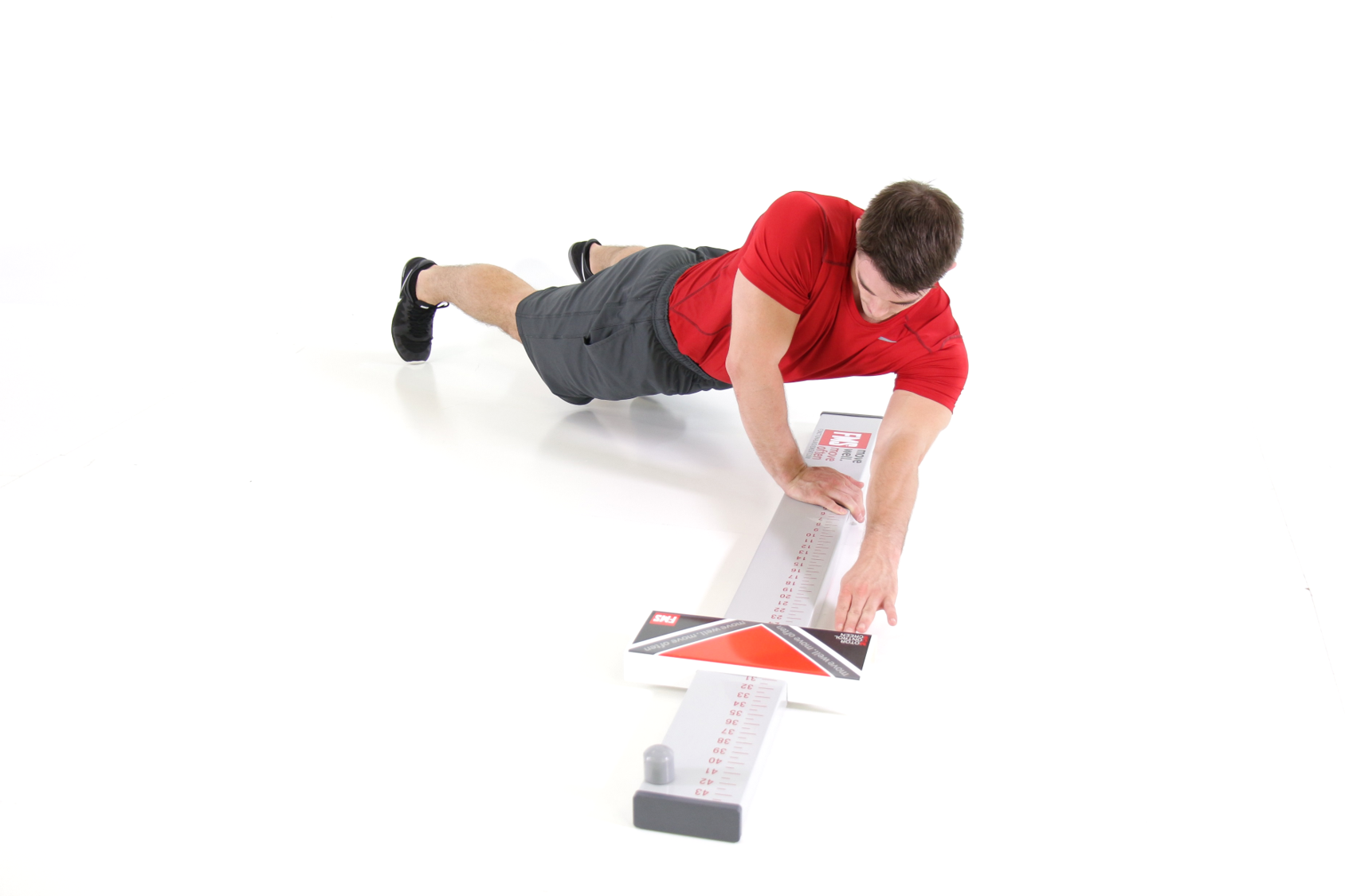
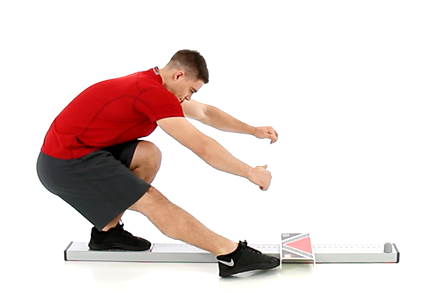
The Motor Control Screen is an integral component of the Fundamental Capacity Screen (FCS) and Modified FMS. The FCS analyzes the metrics of the elemental resources that support human performance. The Modified FMS takes certain components of the FMS and combines them with the MCS to create a screen that can be more effective when testing certain populations. The ultimate goal for fitness and rehabilitation professionals is to create durable, high-performers in sports, occupation, and life. Our screens, tests and assessments assist in this process.
For more information on the Y Balance Test Certification and the Fundamental Capacity Screen please follow the links below.
Related Resources
-
Breaking Down the Toe Touch Progression
Posted by FMS
-
Pain, Dysfunction and Load
Posted by Brett Jones
Please login to leave a comment
4 Comments
-

Carl 12/21/2016 7:10:05 PM
I'd love to see some videos of these new tests!
-
Kyle Barrow FMS 12/22/2016 4:18:18 PM
Carl,
We are in the process of doing so.Please, be patient and look at for an email soon.. :)
Merry Christmas -
johnny choudhury 11/20/2017 3:19:21 PM
Hey there, does the wooden fms kit work with mcs slide box?
Kyle Barrow FMS 11/20/2017 3:28:47 PM
Johnny, The slide box works with all our kits!

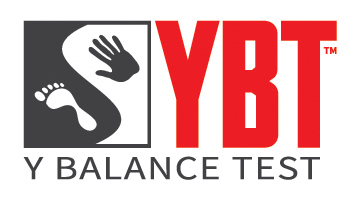
.jpg)
